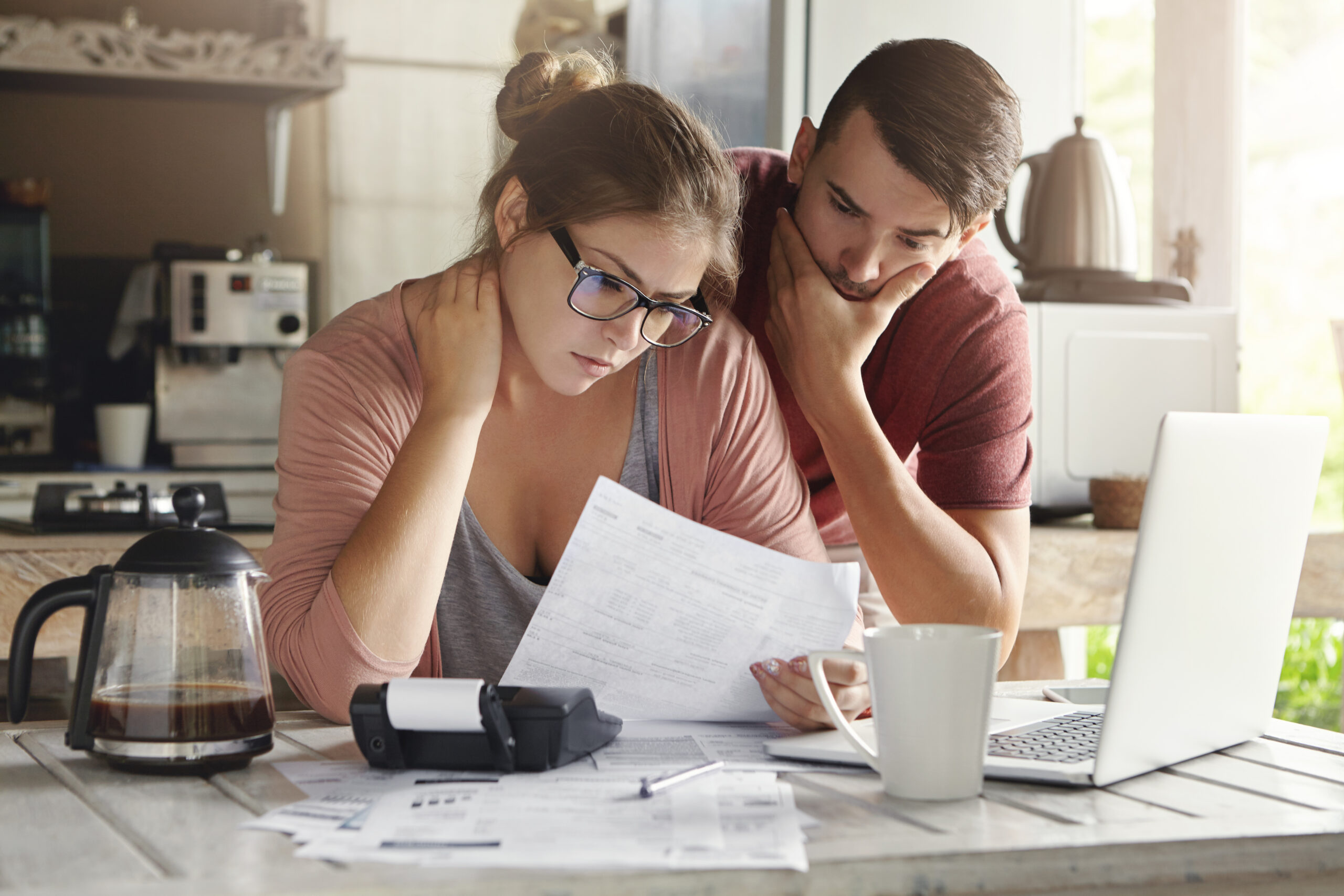You want to get out of debt, but you don’t make a lot of money in the bank. How can you get rid of debt once and for all? In this article we have listed some ways of How to Get Out of Debt on a Low Income.
Getting out of debt is difficult enough when you have loads of money coming in, let alone facing this challenge when you’re on a low income salary.
But here’s the thing: it is possible to get out of debt while you’re on a low income. But also… It’s also possible to do it without selling major assets like your house or car you don’t yet have.
Below is some advice we have written out on how to get out of debt on a low income.
Step 1: Create a realistic Budget and stick to it
By building a budget you are forcing yourself to pay attention to every small payment you make in your day to day life. It means you ignore the large expenses and focus on the reckless spending that often spirals out of control. By looking into where all your money is going, it enables you to see saving opportunities that you would need to work on and that will mean you can stop adding to the debt and start paying it off gradually.
Step 2: Create an emergency fund
One of the most common reasons why people start to accumulate a whole load of debt is because they don’t have a fund set aside with money to account for any unexpected or last minute expenses. Without an emergency fund to fall back on for situations such as a boiler repair or funeral expenses, a credit card or loan must be used at desperate times.
Most financial experts advise keeping an emergency fund of about £1,000 saved up. However, don’t set this as a limit, set it as an initial goal and add whatever you can as you go along to add to your financial safety net.
Step 3: Close your credit cards
By blocking off access to your credit cards you are forcing yourself to be independent without them. In the long run it will help you to be free of all your debts without resisting temptation. If you’ve made the changes in your budget and have some extra income coming in, closing your credit card accounts is the next best thing for you to do in order to become completely debt free.
Step 4: Pay more on your balances each month
To pave the way by paying your credit card balances completely, pay more than the minimum repayments that they request of you. Credit card companies thrive on minimum repayments as it is an easy way to make more money from their customers, while elongating the repayments with increasing interest. So put a stop to that now and pay more whenever you can.
Step 5: Watch your spending on food and entertainment
Money spent on food and entertainment can add up very quickly, and before you know it, it accounts for a very large portion of your monthly expenditure. By planning meals at home or doing meal prep and buying unbranded food you can easily cut back on the total you spend on food and drink.
If you’re still keen on going out, think about community-based events that offer deals for families, or that are cheaper as they are volunteer-run. These are much cheaper than most other options and tend to be more fun too !
Step 6: Consider alternative options
If you have multiple loans or credit cards that still need to be paid off you may want to consider a debt consolidation loan. Debt consolidation is a form of debt refinancing that involves taking out one loan to pay off the others that you have. This means that interest rates can be decreased so money is put towards paying back the actual loan rather than on interest that is building up.
Step 7: Buy and sell used
An easy way to cut down on spending is to not buy everything brand spanking new. This is especially useful when you need to buy pricier items, like furniture or work equipment. Online auction sites are a great way to find items at much lower prices than if you’d bought brand new or looking into platforms like Sphock, Vinted, Depop and Ebay.
This enables you to save much more money. Selling items is also an easy way to earn extra money that can go towards bills or repayments.
Step 8: Negotiate for a lower interest rate
Another good option to try is to call creditors and ask them to lower your interest rates. Surprisingly, many creditors are often willing to lower rates based on your previous payment history (if it’s good) and the account you have outstanding. You will be in a better position to qualify for this if you’ve maintained a good relationship with your credit for a few years. This can help you save some money on interest payments as you pay down that debt over the year.
Solving problems with debt is going to be a long and complicated process but if you have a plan it should be much more manageable. Debt relief companies work with consumers to help them communicate with their creditors, set up a payment plan, and get their debt settled. Even if you’re really struggling, there are still options as well as taking baby steps. Companies such as National Debt relief are there to help and stop you from filing bankruptcy, if matters get much worse.
Finally Take a Stance of your financial situation
You can’t fix the debt that you don’t acknowledge, because one of the most important elements of any debt-reduction strategy is choosing which debt to tackle first. Sit down at your laptop, or even in your notes app and write down all of your debts.
As you’re working, make sure you list the amount, the interest on top, your monthly payments, and the available credit limit for each debt that you currently have. This will help you understand the full breadth of your credit situation, and give you solid numbers to work with when you create a budget (spoiler alert).
And while you’re at it, make separate excel spreadsheets to list all of your other monthly expenses, for example, food, utilities, car payments, etc.





